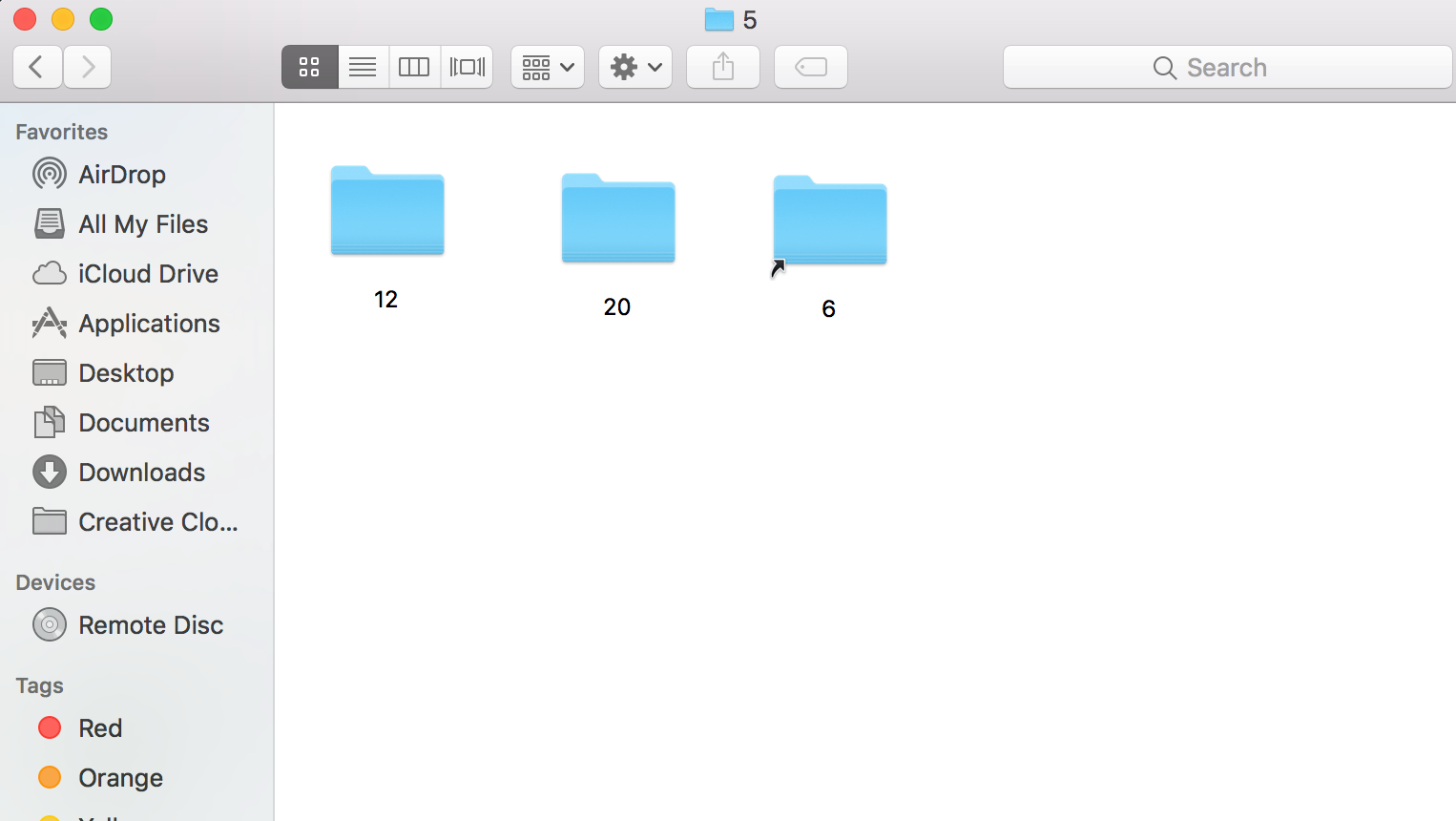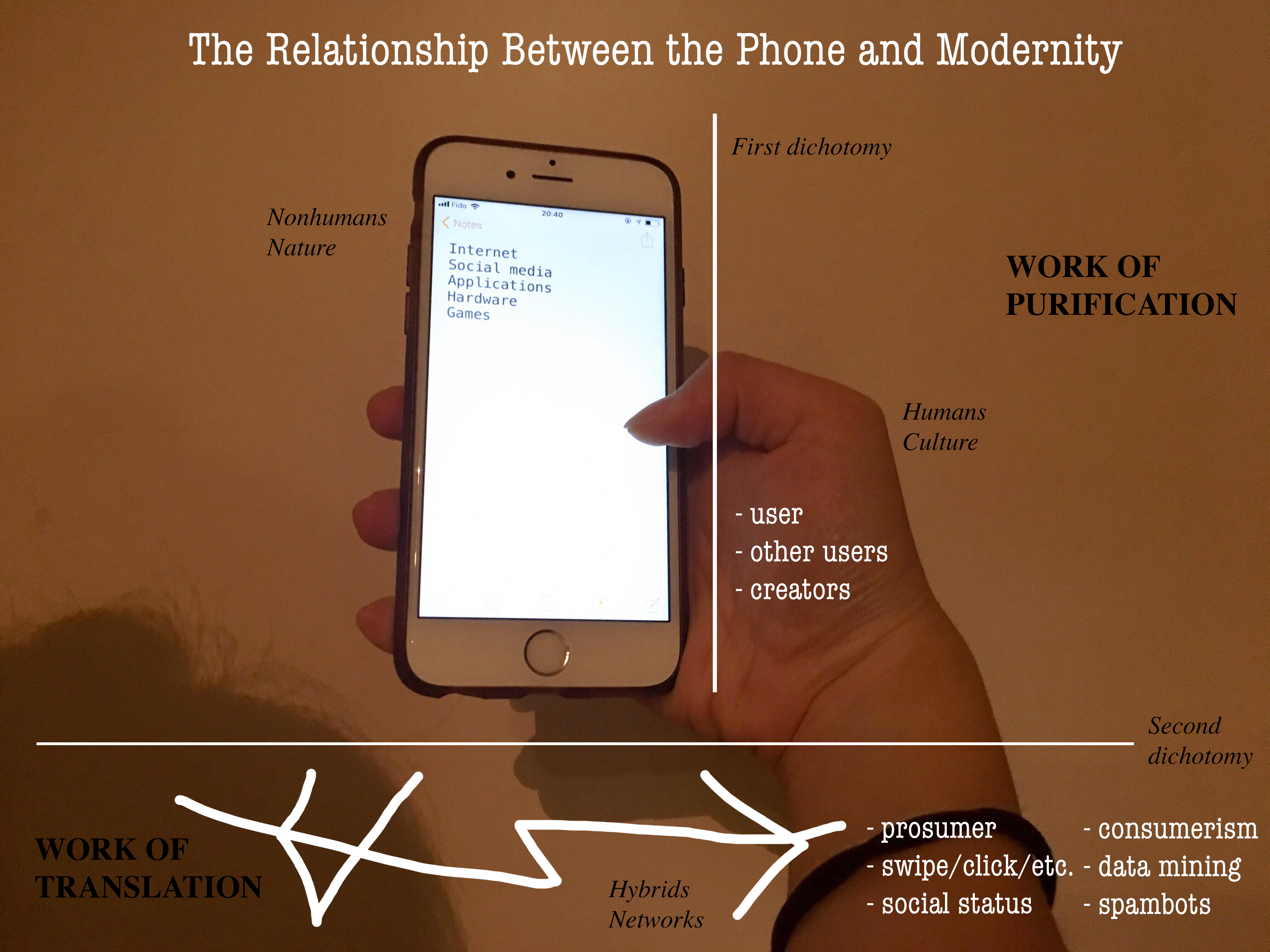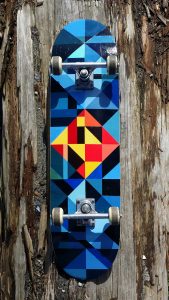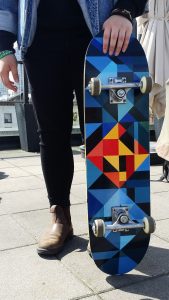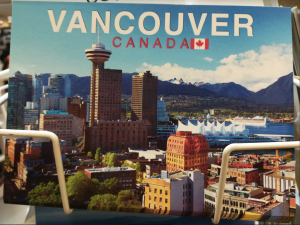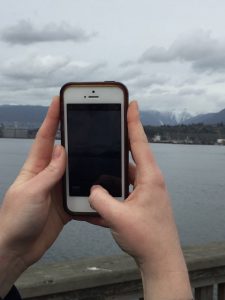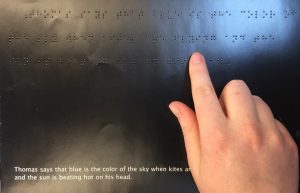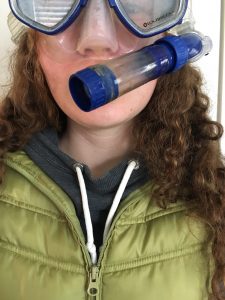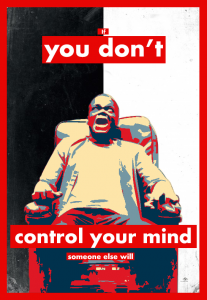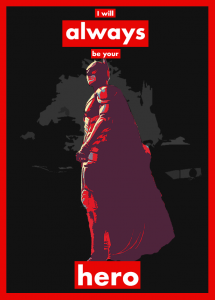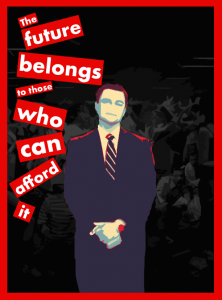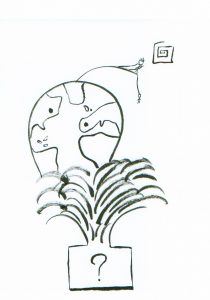
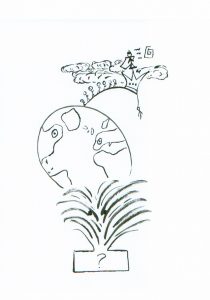
There are two components to my final project: the visual and literary work.
Above, are two abstract drawings to show the relationship between the media, the individual, and the world. Drawing from works by Kracauer, Brecht, Adorono, and Horkheimer, I wanted to show a seemingly pessimistic view of the consequences of mass media communication (specifically, mass media manipulation). There are many subtle representations present in the work. One representation of note is the man with a crown standing at the edge of the pole, above a hanging man. He stands beside the sun and came to power at the cost of many lives.
The second piece of work that I’ve done is a thought experiment.
You can find the link here (Thought Experiment)
In this literary piece, I wanted to expand upon the visual work. Specifically, I wanted to capture the relationship between the effects of media on the individual in a social context. It is heavily influenced by my favorite philosophical paper, The Allegory of the Cave (by Plato). Bits and pieces, as well as combined bits, of ideas proposed by some of the proponents of the Frankfurt School have been synthesized in the paper. It is an attempt to approach the matter in a multidisciplinary manner, drawing on concepts from psychology, sociology, philosophy, and media studies.
